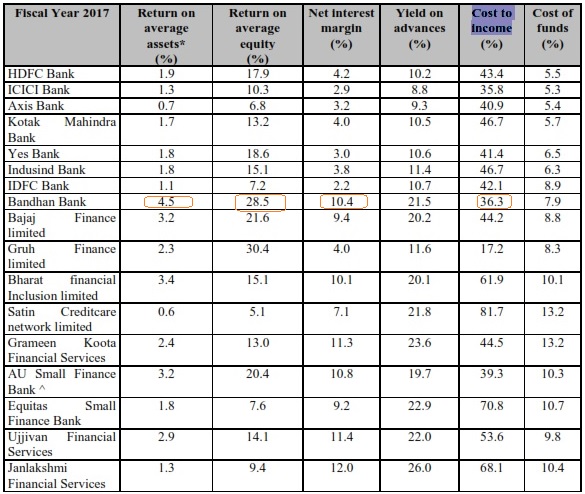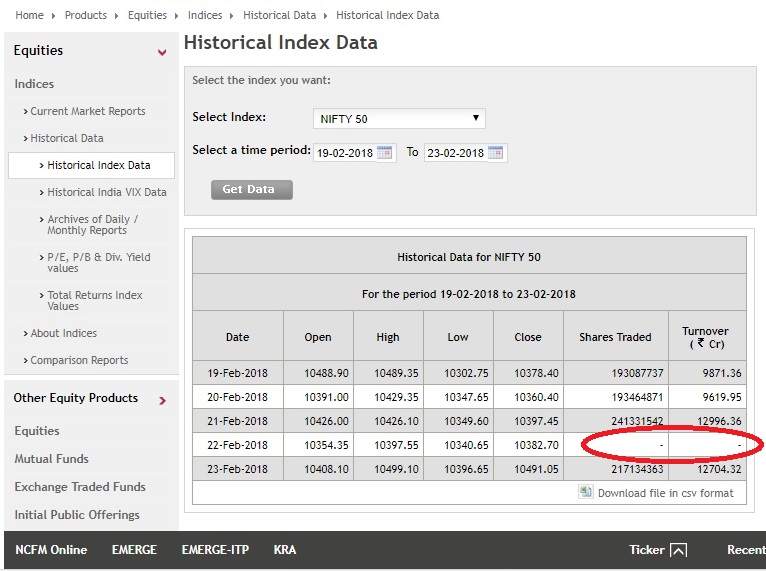This article in today’s FE caught my eye:
Chartered accountants’ apex body ICAI today said it has issued show-cause notices to the auditors of Punjab National Bank and Gitanjali Gems in connection with the Rs 11,400 crore fraud at the public sector lender.
Besides, the institute has summoned a deputy general manager of the bank seeking details about the fraud. Further, the ICAI has also written to the Reserve Bank of India requesting it to provide the list of the corporate borrowers of public sector banks having outstanding loan amount of Rs 2,000 crore and above. The list would be examined by the Financial Reporting Review Board of ICAI for any possible violation of applicable standards of accounting as well as auditing.
The Disciplinary Directorate of ICAI has issued show-cause notices to all central statutory auditors of PNB.
This reminds me of this very memorable excerpt from John Kenneth Galbraith’s book ‘The Great Crash of 1929‘ :
“In many ways the effect of the crash on embezzlement was more significant than on suicide. To the economist embezzlement is the most interesting of crimes. Alone among the various forms of larceny it has a time parameter.
Weeks, months or years may elapse between the commission of the crime and its discovery. (This is a period, incidentally, when the embezzler has his gain and the man who has been embezzled, oddly enough, feels no loss. There is a net increase in psychic wealth.)
At any given time there exists an inventory of undiscovered embezzlement in – or more precisely not in – the country’s business and banks.
This inventory – it should perhaps be called the bezzle – amounts at any moment to many millions of dollars. It also varies in size with the business cycle.
In good times people are relaxed, trusting, and money is plentiful. But even though money is plentiful, there are always many people who need more.
Under these circumstances the rate of embezzlement grows, the rate of discovery falls off, and the bezzle increases rapidly.
In depression all this is reversed. Money is watched with a narrow, suspicious eye. The man who handles it is assumed to be dishonest until he proves himself otherwise. Audits are penetrating and meticulous. Commercial morality is enormously improved. The bezzle shrinks.”
Different eras.Different Geographies.Same Human Nature.
Nothing Changes.


